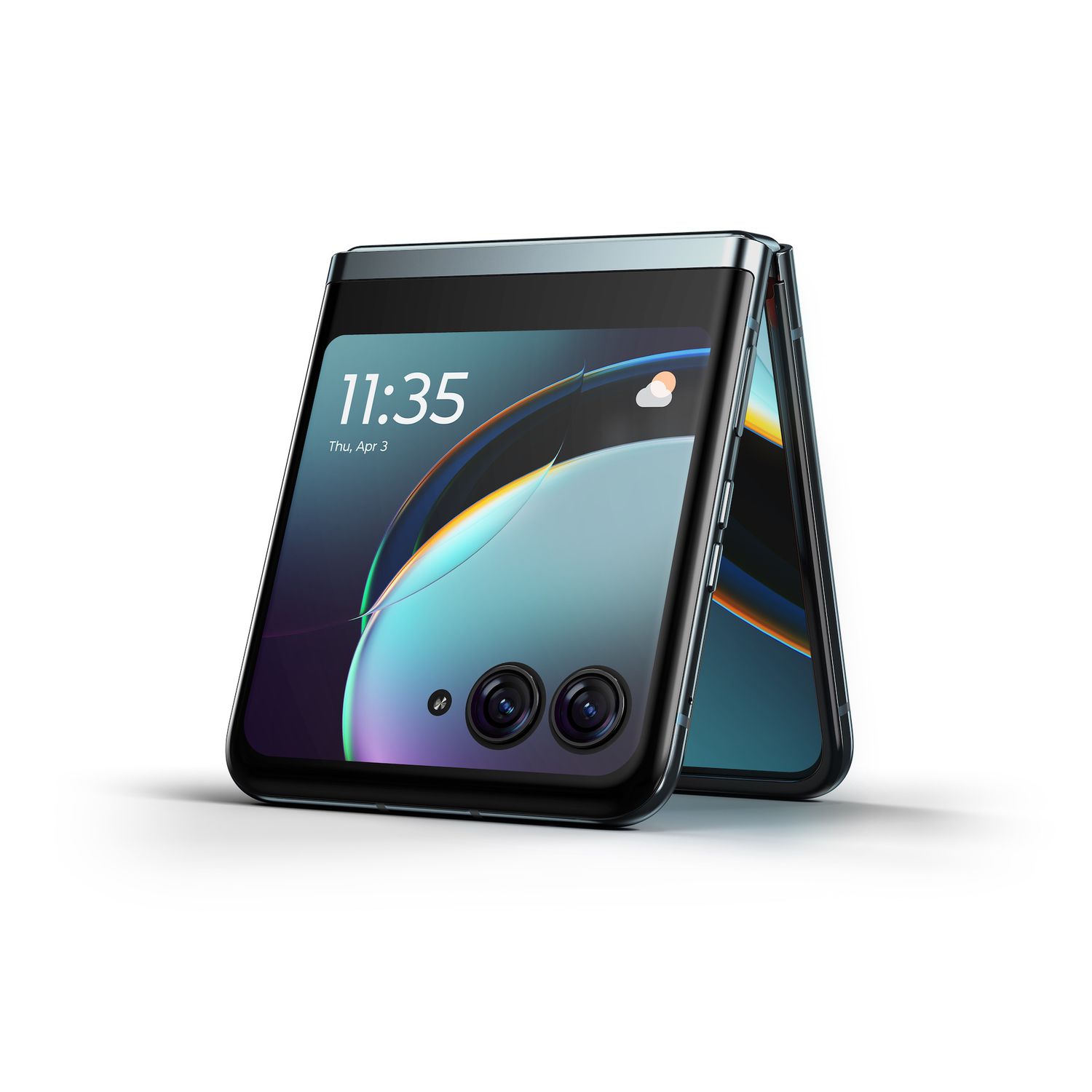
Historical Context of Flip Phones
Flip phones have a rich history dating back to the early 1990s. The first flip phone, the Motorola StarTAC, released in 1996, quickly became a symbol of style and innovation. Over the years, flip phones evolved with advancements in technology, incorporating features like color screens, Bluetooth connectivity, and even 3G capabilities.
However, with the advent of smartphones in the late 2000s, flip phones began to lose their appeal. Smartphones offered a plethora of features such as touch screens, app stores, and high-resolution cameras, making them the preferred choice for most consumers.
The Resurgence of Flip Phones
In recent years, there has been a noticeable shift in consumer behavior. Many people are seeking a more minimalist and sustainable lifestyle, which has led to a renewed interest in flip phones. Here are some key factors contributing to their resurgence:
Simplicity and Minimalism
In an era dominated by complex smartphones with numerous features and distractions, flip phones offer a refreshing return to simplicity. They provide a clean interface with fewer distractions, allowing users to focus on the essentials.
Durability
Flip phones are often built with more robust materials compared to their smartphone counterparts. The clamshell design protects the screen from scratches and drops, making them a durable option for those who value longevity over sleek designs.
Nostalgia
For many people, flip phones evoke memories of a simpler time. The nostalgia factor plays a significant role in their appeal, as consumers seek to reconnect with the past.
Environmental Concerns
The production and disposal of smartphones contribute significantly to e-waste. Flip phones, being simpler devices with fewer components, are more environmentally friendly.
Cost-Effectiveness
Flip phones are generally cheaper than smartphones, making them an attractive option for those on a budget or looking for a secondary device.
Current Trends in Flip Phones (2024)
As we move into 2024, several trends are shaping the future of flip phones:
Design Innovations
- Materials: Manufacturers are experimenting with new materials like titanium and carbon fiber to enhance durability and aesthetics.
- Colors: Beyond the traditional black and silver, flip phones are now available in a variety of colors, catering to diverse consumer preferences.
- Shapes: While the traditional clamshell design remains popular, some manufacturers are exploring alternative shapes like flip phones with rotating screens or unique hinge mechanisms.
Advanced Features
- 5G Connectivity: Many modern flip phones support 5G networks, ensuring fast data speeds and seamless connectivity.
- Long-Lasting Batteries: Advances in battery technology have led to flip phones with longer battery life, often exceeding a week on a single charge.
- Enhanced Cameras: While not as advanced as smartphone cameras, flip phones are now equipped with better cameras that can handle basic photography needs.
Smartphone Integration
Some flip phones come with features that allow them to integrate with smartphones. For example, users can receive calls and texts on their flip phone while still having access to their smartphone's advanced features via Bluetooth or Wi-Fi.
Health and Wellness Features
Many modern flip phones include health-related features such as built-in fitness trackers, heart rate monitors, and even basic ECG functionality.
Customization Options
Users can personalize their flip phones with custom cases, screen protectors, and even interchangeable back panels.
Future Prospects
Looking ahead to 2024 and beyond, here are some potential developments that could shape the future of flip phones:
Artificial Intelligence Integration
Future flip phones might incorporate AI-driven features such as predictive maintenance, personalized recommendations, and advanced health monitoring.
Augmented Reality Capabilities
Although not as prevalent as in smartphones, some flip phones could start incorporating AR capabilities through specialized lenses or attachments.
Sustainable Manufacturing Practices
As environmental concerns continue to grow, manufacturers may focus on sustainable production methods and recyclable materials for their flip phones.
Innovative Display Technologies
Future displays could include advancements like foldable screens or flexible OLEDs that offer improved durability and versatility.
Partnerships with Tech Giants
We might see collaborations between established tech companies and flip phone manufacturers leading to more sophisticated yet user-friendly devices.
The future of flip phones is promising, driven by consumer demand for simplicity, durability, and sustainability. As technology continues to evolve, more advanced features will likely be integrated into these devices without compromising their core appeal. Whether you're looking for a secondary device or a primary phone that offers a different experience from your smartphone, there's never been a better time to consider a flip phone.
While smartphones will likely remain the dominant force in the mobile market, flip phones are poised to carve out their own niche by offering a unique blend of functionality and nostalgia. As we move forward into 2024 and beyond, it will be exciting to see how manufacturers continue to innovate within this space while meeting the evolving needs of consumers.
